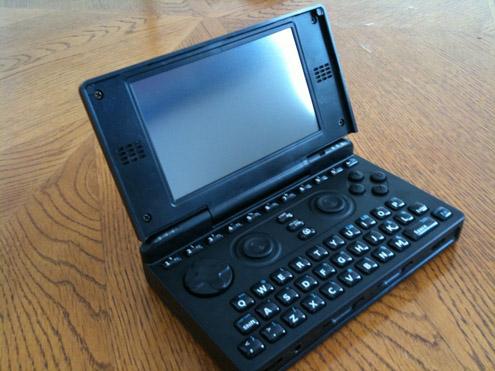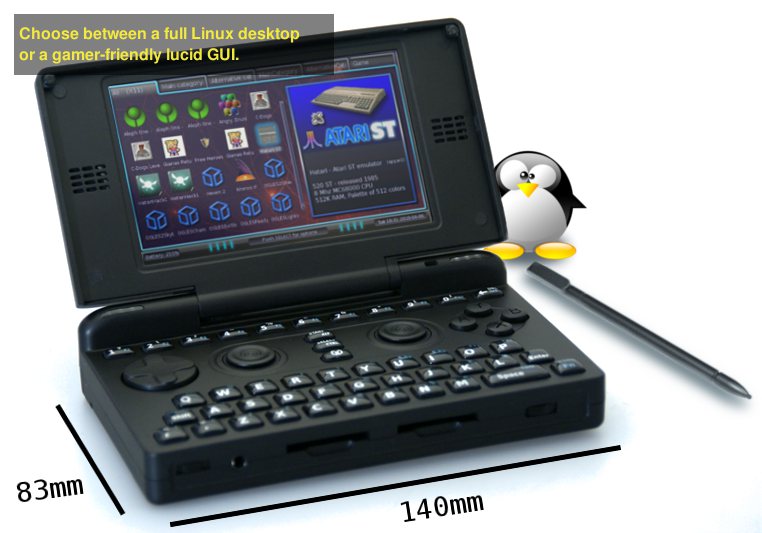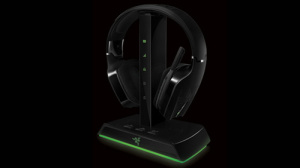The Pandora is a hybrid device between a PC and a gaming console. It is fast enough to emulate many other systems, run a full desktop, access the internet via Firefox and play games such as Quake3. It is not as big as a netbook. Believe it or not, it will fit in your pocket. It’s a bit bigger than the Nintendo DS. The Company hopes that they have every intention to ship at least 4,000 of these puppies from February 2012 onwards.
The Pandora has been found a new production company in Germany. Investors are now being involved and the production is currently being setup there. Over 70 investors invest a half million Euros ($650,150) to get this project started up again.
However, Lets see the Technical Specifications of the Pandora Handheld
The Pandora features one of the most advanced SoC that are available: The OMAP3530.
Here are the complete specs:
- Texas Instruments OMAP3530 processor at 600MHz (officially)
- 512MB DDR-333 SDRAM
- 512MB NAND FLASH memory
- IVA2+ audio and video processor using TI’s DaVinci™ technology (430MHz C64x DSP)
- ARM® Cortex™-A8 superscalar microprocessor core
- PowerVR SGX530 (110MHz officially) OpenGL ES 2.0 compliant 3D hardware
- Integrated Wifi 802.11b/g (up to 18dBm output)
- Integrated Bluetooth 2.0 + EDR (3Mbps) (Class 2, + 4dBm)
- 800×480 resolution LTPS LCD with resistive touch screen, 4.3″ widescreen, 16.7 million colors (300 cd/m2 brightness, 450:1 contrast ratio)
- Dual analog controllers
- Full gamepad controls plus shoulder buttons
- Dual SDHC card slots (up to 64GB of storage currently)
- headphone output up to 150mW/channel into 16 ohms, 99dB SNR (up to 24 bit/48KHz)
- TV output (composite and S-Video)
- Internal microphone plus ability to connect external microphone through headset
- Stereo line level inputs and outputs
- 43 button QWERTY and numeric keypad
- USB 2.0 OTG port (1.5/12/480Mbps) with capability to charge device
- USB 2.0 HOST port (480Mbps) capable of providing the full 500mA to attached devices (examples include USB memory, keyboard, mouse, 3G modem, GPS)
- up to two externally accessible UARTs and/or four PWM signals for hardware hacking, robot control, debugging, etc.
- un-brickable design with integrated boot loader for safe code experimentation
- Power and hold switch useful for “instant on” and key lockout to aid in media player applications on the go
- Runs on the Linux operating system (2.6.x)
- Dimensions: 140×83.4×27.5mm
- Weight: 335g (with 4000mAh battery)
Source: Ubergizmo
[ttjad keyword=”mini-pc”]



